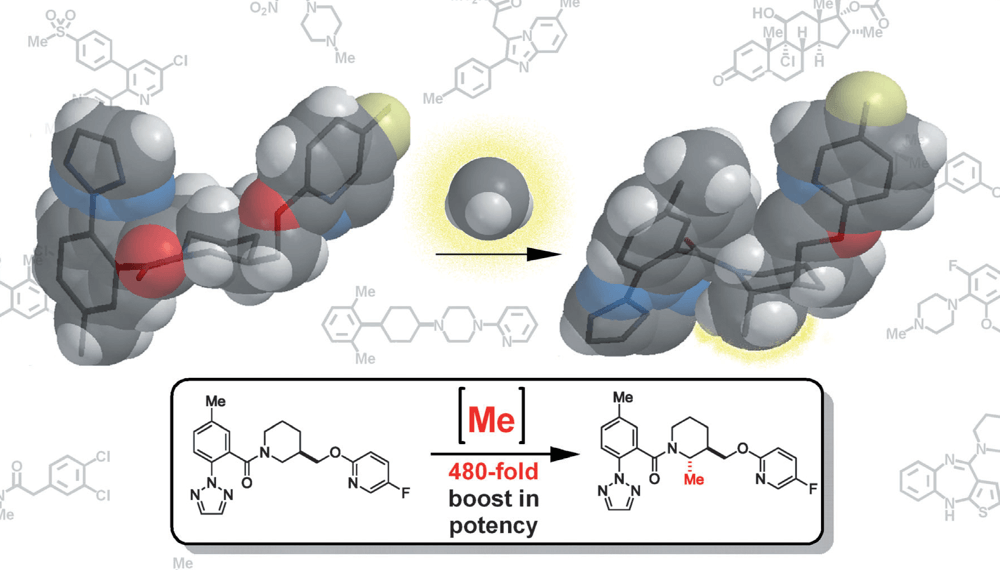Profound Methyl Effects in Drug Discovery and a Call for New C–H Methylation Reactions
Heike Schönherr and Tim Cernak
Angew. Chem. Int. Ed.,
2013, 52, 47, 12256-12267; 10.1002/anie.201303207

10/2013
The methyl group is one of the most commonly occurring carbon fragments in small-molecule drugs. This simplest alkyl fragment appears in more than 67 % of the top-selling drugs of 2011 and can modulate both the biological and physical properties of a molecule. This Review focuses on so-called magic methyl effects on binding potency, where the seemingly mundane change of C–H to C–Me improves the IC50 value of a drug candidate more than 100-fold. This discussion is followed by a survey of recent advances in synthetic chemistry that allow the direct methylation of C(sp2)–H and C(sp3)–H bonds. It is our hope that the relevance of the meager methyl group to drug discovery as presented herein will inspire reports on new C–H methylation reactions.